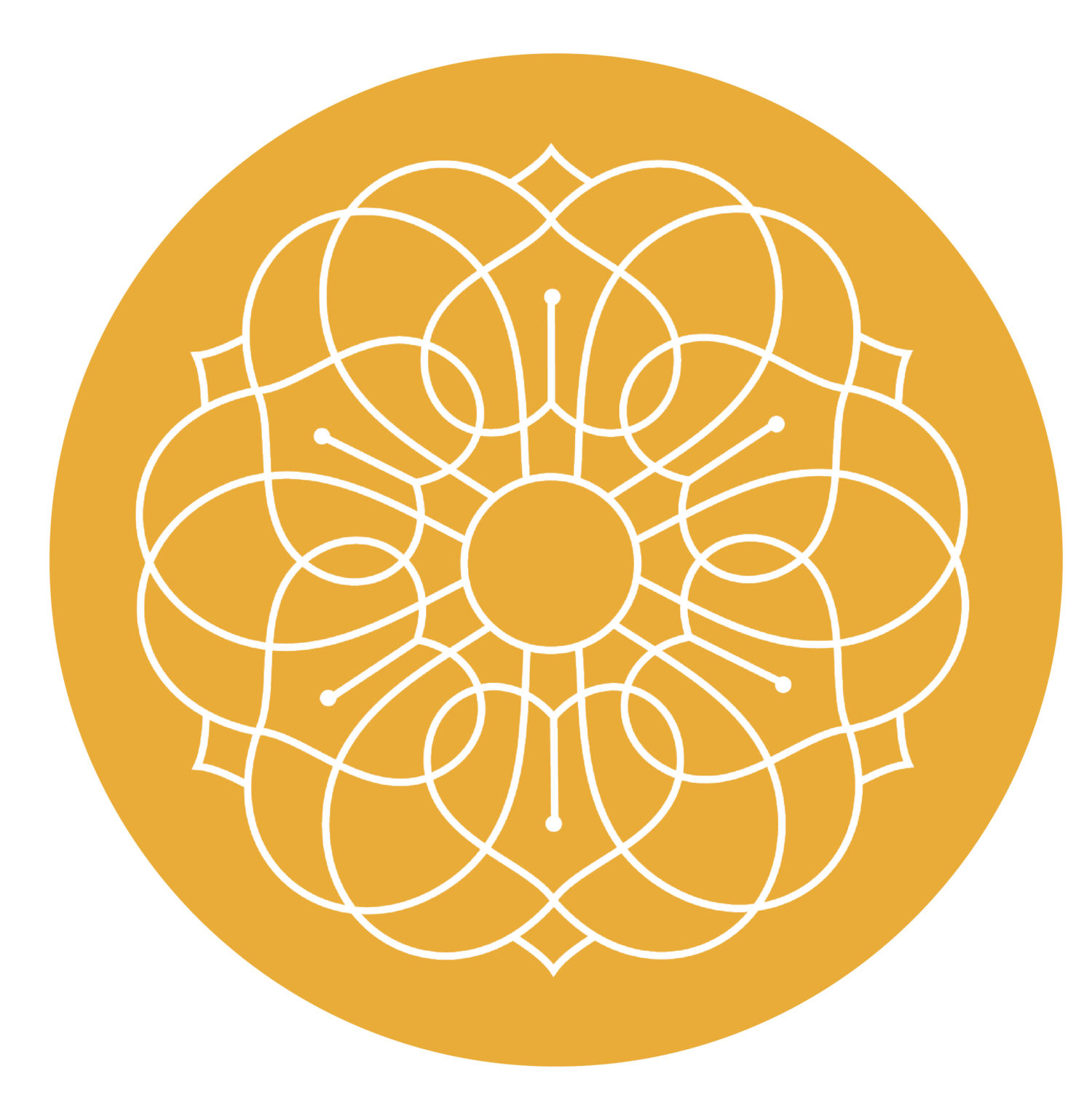“My favorite part of my job is watching people regain ownership of their healing process, reconnect with their bodies, and make positive changes in their lives.
”
I came to acupuncture through a love of herbal medicine, sparked by my botanist father who taught me a deep appreciation for plants. On road trips growing up, he’d suddenly pull over to the side of the road, jump out of the car, and sprint up a hill to a tiny rare flower that he somehow spotted while driving. Hikes with my dad were (and still are) less about going somewhere and more about stopping and looking at the plants and fungi along the way, noticing which ones are blooming earlier or fruiting later than usual this year. My first word was ‘yucca’ and by the age of 12 I knew more Latin names of native Pacific Northwest plants than most of my dad’s students. My dad knows all about how these plants are related to each other, how they change from season to season, how they rely on each other, and which are edible. He never learned about herbal medicine, though, and this has been something I could share with him.
The women in my family taught me the value of taking care of others, and growing up I was often in a caretaker role due to my dad’s health issues. This led me to study public health and gender studies for my undergrad, through which I become involved with groups on campus that led DIY herbal medicine workshops for women and LGBTQ folks. I also worked as a caregiver for adults with developmental disabilities, and—after graduation—as a health educator and clinic receptionist, which gave me a taste of working in various parts of the health field. I realized that I wanted to be on the practitioner side of things, and for me this meant herbal medicine. I liked the Chinese Medicine diagnostic system, their holistic way of working with a person’s constitution and intricate balanced combinations of herbal medicines, so I started studying at the Acupuncture and Integrative Medicine College, Berkeley. Coming out and being a part of queer community had brought my attention to the disparities in access to safe, inclusive healthcare for LGBTQ people and I went into the acupuncture program with the intention of focusing in LGBTQ medicine. This continues to be a driving focus of my private practice.
I had only had acupuncture once, on a whim, before starting acupuncture school and I didn’t really know if I’d like it. I decided that if I didn’t like practicing acupuncture, I’d just study the herbs and skip the rest of the program. While in school, I interned at UCSF Benioff’s Mission Bay Children’s Hospital and the San Francisco Homeless Prenatal program, as well as AIMC’s teaching clinic, which allowed me to practice acupuncture in a variety of environments and with a broad spectrum of patients. I loved working with patients and being able to offer them not only herbal medicine, but also acupuncture, cupping, moxa, and so many other amazing modalities. It turns out I love being an acupuncturist and I’m so glad I started this journey. My favorite part of my job is watching people regain ownership of their healing process, reconnect with their bodies, and make positive changes in their lives. I love being a part of a medicine that allows people not just to be taken care of or fixed by others, but to take care of themselves and listen to their bodies.
In addition to maintaining a private practice, I also teach an eight-hour series as part of AIMC’s Master of Science and Professional Doctorate curricula -instructing students on gender vocabulary and pronouns, western and eastern transgender medicine, and approaches for creating an LGBTQI-inclusive practice. I also teach an annual workshop for the faculty and staff of AIMC and a workshop for the students at ACCHS. In my spare time, you can find me hiking or camping with my partner and our dogs.





